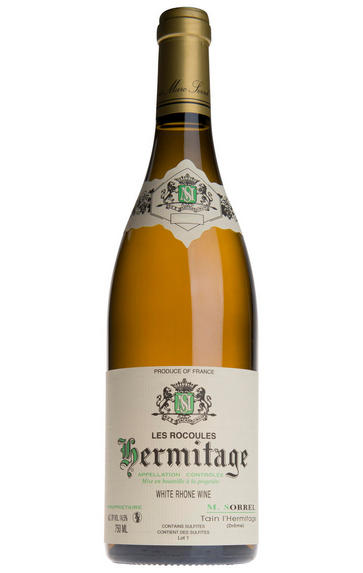
2012 Hermitage Blanc, Les Rocoules, Domaine Marc Sorrel, Rhône
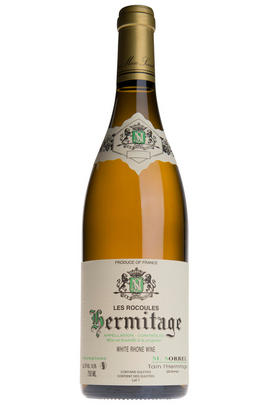
Critics reviews
Jeb Dunnuck - 30/12/2014
About this WINE
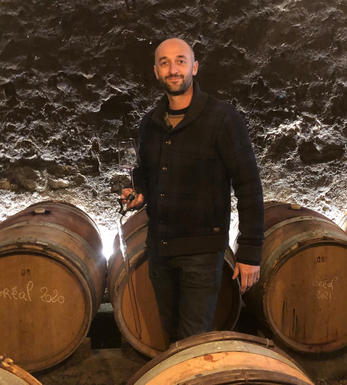
Domaine Marc Sorrel
Marc retired at the end of 2018, but his son, Guillaume, is now firmly at the helm. The 3.5-hectare domaine comprises parcels of old vines on the incredibly steep slopes of Hermitage and Crozes-Hermitage. For this talented and dedicated grower, simplicity and tradition are key. The wines made with low intervention, minimal de-stemming and no new wood in a charmingly unassuming cellar in the centre of Tain-l’Hermitage.
Guillaume was really pleased with his ’20s, describing them as smooth with good ripeness, but also displaying sharpness and minerality. He explains how this was helped in part by the late rains of ’19, ensuring good water reserves to his old vines, but also an early harvest on 24th August that kept all alcohol levels moderate. The quantity is, as always, regretfully small, but the quality is outstanding. This domaine continues to excel year on year, and the wines prove themselves to be exceptionally age-worthy.
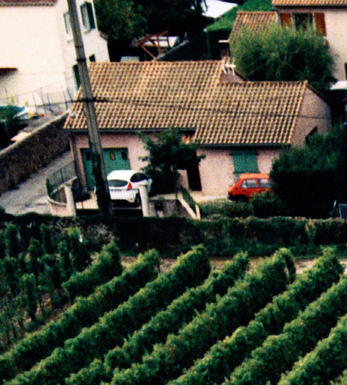
Hermitage
Hermitage is the most famous of all the northern Rhône appellations. The hill of Hermitage is situated above the town of Tain and overlooks the town of Tournon, just across the river. Hermitage has 120 hectares and produces tiny quantities of very long-lived reds.
The vines were grown in Roman times, although local folklore claims their origins to be nearly 600 years earlier. The name ‘Hermitage’ first appeared in the 16th century, derived from a legend of the 13th century Crusade, involving a wounded knight called Gaspard de Stérimberg, who made refuge on the hill, planted vines and became a hermit.
During the 17th century, Hermitage was recognised as one of the finest in Europe. In 1775, Château Lafite was blended with Hermitage and was one of the greatest wines of its day. In the late 19th century, however, Phylloxera wiped out all the vineyards.
The wines are powerful, with a deep colour and firm tannins, developing into some of the finest examples in France, with the potential to age for many decades. The best Hermitage is produced from several climats or more, blended together. The main climats are Les Bessards, Le Meal, L’Hermite, Les Greffieux and Les Diognieres. Most of the finest climats face broadly south, giving maximum sunshine. Most growers only have one or two climats and they might not complement each other; Hermitage quality can therefore vary hugely. Only the top producers have extensive diversified holdings.
80% of the wine produced is red, however up to 15% of white grapes can be used in the blend. Most growers use 100% Syrah and utilise the white grapes to make white wines only. Chapoutier, Jaboulet and Tain l'Hermitage are the principal proprietors of the appellation’s vineyards.
The white wines are made from the Marsanne and Roussanne grapes. Great white Hermitage can age, taking on the fruit characters of apricots and peaches, often giving a very nutty finish. The best examples in great vintages can last 50 years.
Mature red Hermitage can be confused with old Bordeaux. In a blind tasting of 1961 First Growth Clarets, the famous 1961 Hermitage La Chapelle was included. Most people, including its owner, Gerard Jaboulet, mistook it for Château Margaux.
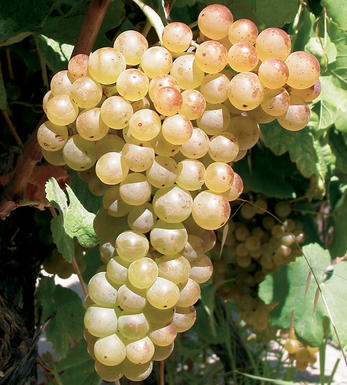
Marsanne
Marsanne is the predominant white grape variety grown in the Northern Rhône where it is used to produce white St. Joseph, Crozes-Hermitage, and Hermitage. It is a tricky grape to cultivate, being susceptible to diseases and being particularly sensitive to extreme climatic changes - if growing conditions are too cool, then it fails to ripen fully and produces thin, insipid wines, while, if too hot, the resultant wines are blowsy, overblown and out of balance.
In the Northern Rhône it tends to be blended with around 15% Rousanne and produces richly aromatic, nutty wines which age marvellously - the best examples are from Hermitage and particularly from Chapoutier. Increasingly it is being grown in the Southern Rhône and Languedoc Roussillon where it is bottled as a single varietal or blended with Roussanne, Viognier, and sometimes Chardonnay. It is also grown very successfully in Victoria in Australia where some of the world`s oldest Marsanne vines are to be found.


Buying options
Add to wishlist
Description
Our 2012 Rhône Vintage Recommendation: Favourite Northern Rhône White
Very attractive bouquet, which is both ripe and concentrated. This has lovely depth and power on the palate, with notes of baked apple, honey and minerals. It's rich and long, yet with beautiful finesse.
Chris Pollington, Private Account Manager
Low yields have reduced yet further the fruits of a modest crop and, evidently, have had an incremental effect on the quality. Deep Marsanne colour presages aromatics of grapefruit and quince, the multi-layered palate dominated by beeswax and hazelnut.
Simon Field MW, Rhône Wine Buyer
Marc Sorrel’s legendary reticence was somewhat compromised during my November visit by diluvium weather, a good deal of which was penetrating his Cave in the centre of Tain l’Hermitage. Once sang froid had been restored, he was far from immodest in his praise for 2012, a small but excellent year, not unlike 2010 in his opinion, and far less astringent than 2009. Also in his opinion.
wine at a glance
Delivery and quality guarantee